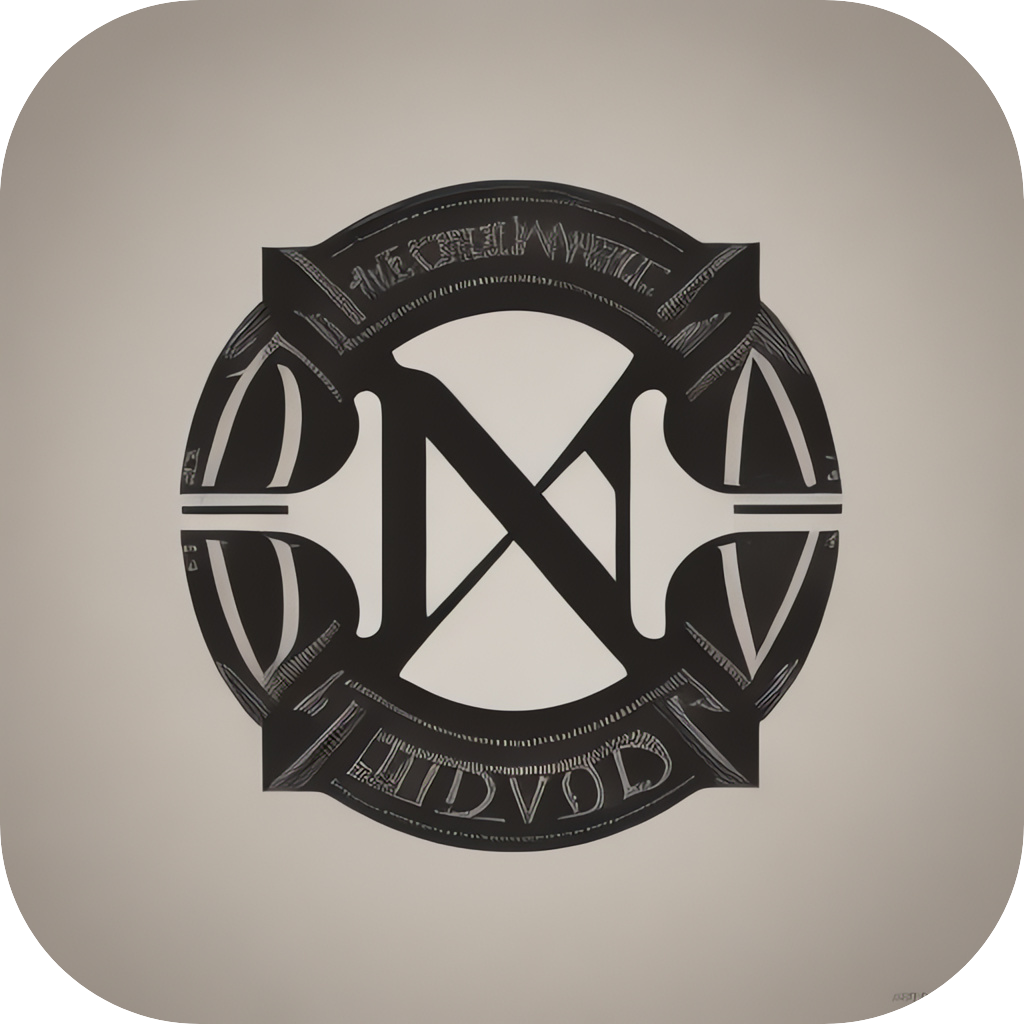Mastering Markdown Mind: An Ultimate Guide to Streamlining Your Notes and Projects with Markdown-based Document Management
INTRODUCTION
In the era of digital data explosion, effectively creating, navigating, and updating documents is essential. The search for the perfect tool to manage notes, organize ideas, and maintain efficient projects often leads individuals to explore various document management systems. By delving into a world of simple, yet powerful syntax, a single method stands out as a game-changer – Markdown.
Markdown introduces an uncomplicated yet profound language for crafting various types of documents. The principles behind its elegance are its simplicity and flexibility. This article serves as a guide to mastering Markdown, explaining how to leverage it to enhance personal productivity, streamline group projects, and manage a wealth of information efficiently.
BENEFITS OF USING MARKDOWN
Before diving deep into the art of mastering Markdown, it’s essential to understand its core benefits:
1. **Ease of Use**: Markdown’s syntax is incredibly straightforward. It allows you to structure and present content with minimal effort, focusing more on the content itself than the formatting.
2. **Versatility**: It is flexible enough to cater to a wide range of documents, from simple notes and emails to complex reports and articles.
3. **Compatibility**: Markdown files can be easily converted to any other format, including PDF, HTML, and even ebook formats, making them highly portable and accessible.
4. **Accessibility**: It’s simple enough for non-technical users to grasp quickly and powerful enough for more complex documents that require precise control over formatting.
KEY MASTERS OF MARKDOWN STRATEGIES
To master Markdown, embrace these strategies for optimal document management:
1. **Markdown Basics**: Start by familiarizing yourself with the basic commands: headings (# heading1, ## heading2, etc.), italics (*text*), bold (**text**), links ([text](URL)), etc.
2. **Block Elements**: Understand how to use block elements like paragraphs, lists (both unordered (*) and ordered (1.*)), code sections, and blocks of quotes, which help in structuring your content with clarity.
3. **Tables and Lists**: Learn to create tables and nested lists to break down complex data effectively, making it easier for readers to scan through your content quickly.
4. **Headers and Toc**: Use headers to create a structure for your document, and TOC (Table of Contents) to navigate through it, saving time and energy finding specific sections.
5. **Formatting Blocks**: Experiment with the different ways Markdown handles text formatting to emphasize, italicize, or highlight specific text, enhancing the readability and impact of your content.
6. **Images and Embeds**: Include images and embeddable content like YouTube videos or interactive charts to enrich your documents and make the information more engaging and insightful.
7. **Conversion Tools**: Regularly use converters to switch between different file formats. Utilize tools like Pandoc, which offers extensive support for Markdown to various formats.
8. **Markdown Editors**: Employ an advanced Markdown editor that offers live preview features and supports Markdown plugins to speed up your workflow. Popular choices include Typora, Ulysses, and Typorno.
FREQUENT MISTAKES TO AVOID
Avoid common pitfalls that may hinder your Markdown mastery:
– **Format Over Content**: While formatting is important, don’t let it overshadow the actual content. Keep your writing concise and engaging.
– **Overusing Formatting**: Too much color, bolding, and italics can lead to a document that feels overwhelming. Use formatting sparingly and judiciously.
– **Improper Structure**: Failure to organize content in a logical flow can make your document confusing and hard to follow. Ensure sections are clearly delineated for easy navigation.
– **Lack of TOC**: In extensive documents, not having a Table of Contents can make navigation particularly cumbersome. Integrate TOC periodically to enhance usability.
CONCLUSION
In conclusion, mastering Markdown lies in understanding its simplicity while harnessing its powerful format commands. By incorporating the fundamentals, utilizing it for document versatility, adapting with conversion tools, leveraging advanced editors, and avoiding common pitfalls, you can seamlessly integrate Markdown into your daily document management practices. Whether you are a student, professional, teacher, or content creator, Markdown offers an adaptable solution that can amplify the way you manage, present, and distribute your ideas. With a little practice and application, you’ll find yourself navigating the digital note-taking world with ease, making the most out of this remarkably efficient and flexible tool.
